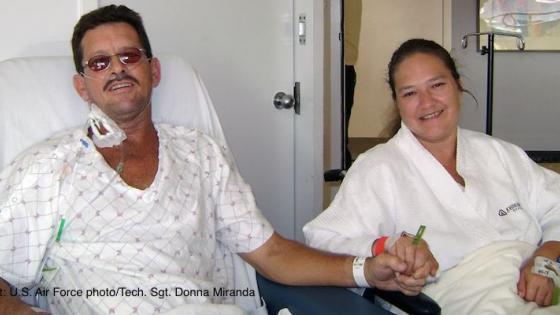While rarely the focus of economists’ thinking, good deeds make the world go round. Blood donations, for example, are a critical element of healthcare systems across the globe. But when human kindness comes up short and more blood is needed, monetary incentives are often provided.
Paying some with cash and others with thanks can produce a perverse effect – a downward sloped supply function. As Titmuss (1970) famously pointed out, paying some may “crowd out” donations from purely altruistic donors. It can also reduce blood quality. The proposition was discussed by Solow (1971) and Arrow (1972). They suggest that the effects of price incentives should simply add to those of altruism so supply should slope up.
In 1997, the World Health Organization (WHO) recommended that all blood donations should come from unpaid voluntary donors. But, by 2006 only 49 of 124 countries surveyed had established this as a standard. Further, in the WHO European region the number of donors varies from less than 4.5 to over 45 per 1000 general population. Only 39% of the general populations are eligible to donate, but fewer than 5% of those eligible actually donate.
Altruism and the “big society”
The issues involved go much further than blood. Understanding the interaction between voluntary and paid is a key part of correcting government interventions which are held to crowd-out individual actions. For example, the current UK government has advocated the notion of a “big society”, which, although rather unclearly defined, appears to have altruistic behaviour as a central theme. While there is much loose talk centred on the definition of this policy tool, there is a growing interest in whether such behaviour can be motivated through incentive mechanisms.
Individuals might undertake certain altruistic actions guided by an extrinsic motivation, including a “warm-glow” or moral satisfaction. Trying to answer the question of whether altruistic behaviour can be incentivised, in recent research (Costa-Font et al. 2011) we investigate whether different financial and non-financial incentives have the same effect on willingness to donate when other observed and unobserved factors are controlled for. In particular, we investigate whether crowding-out takes place with all kinds of rewards, or specifically with only monetary rewards. We answer this question by exploiting a large data set representative of 15 European countries containing information on whether or not an individual has been a donor in the past and her preferences towards monetary and non-monetary compensation for blood donation. This information allows estimation of two recursive equation systems and exploration of the relationship of preferences over different types of rewards and the probability of being a donor.
Importantly, we find that a monetary reward reduced the probability of donation consistent with the crowding out hypothesis, whilst a non-monetary reward consistently with a normal supply curve suggests a positive and significant effect on the donation probability.
These results are robust to different specifications and indicate that crowding out is a phenomenon linked to the introduction of a market-based rationale for non-market decisions, and that socially motivated individuals remain willing to donate when non-monetary rewards are offered.
So, crowding out is specific of the incentive used,…
Non-monetary rewards could potentially be used to incentivise blood donation as this kind of rewards seem not to remove, in the terminology of Andreoni et al. (2008), the warm-glow associated to blood giving. This point has already been suggested by the experimental results of Mellstrom and Johannesson (2008), which we generalise using European wide data.
References
Andreoni, J, WT Harbaugh, L Vesterlund (2008), “Altruism in experiments”, in SN Durlauf and LE Blume (eds.), The New Palgrave Dictionary of Economics, 2nd Edition, Palgrave Macmillan, 134-138.
Arrow, KJ (1972), “Gift and exchanges”, Philosophy and Public Affairs, 1(4).
Costa-Font, Joan, Mireia Jofre-Bonet, Steven T Yen (2011), “Not All Incentives Wash Out the Warm Glow: The Case of Blood Donation Revisited”, CESifo Working Paper No. 3527.
Mellstrom, C, M Johannesson (2008), “Crowding out in blood donation: was Titmuss right?”, Journal of the European Economic Association, 6(4):845-863.
Solow, RM (1971), “Blood and thunder”, The Yale Law Journal, 80(8):1696-1711.
Titmuss, RM (1970), The Gift Relationship, Allen and Unwin.





